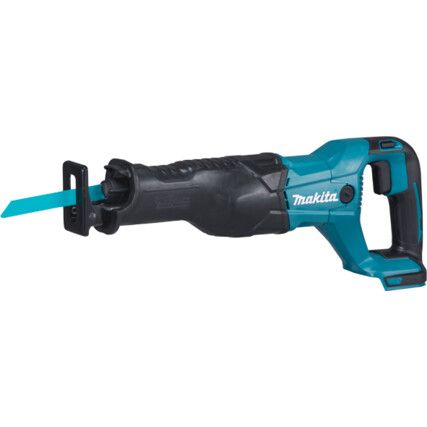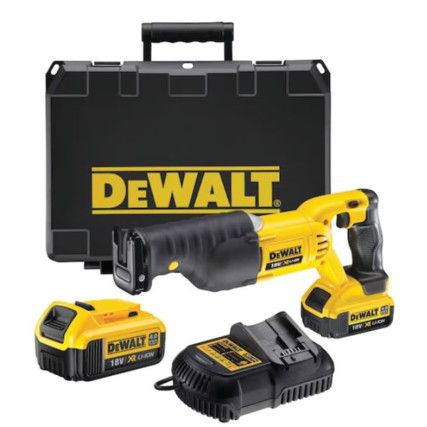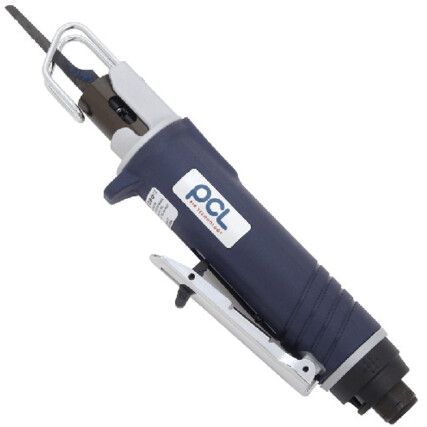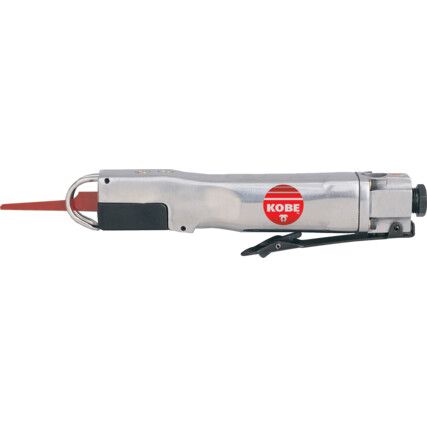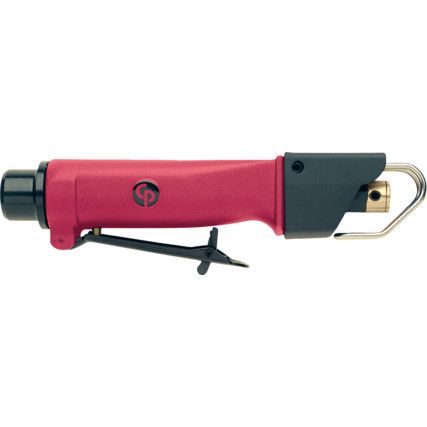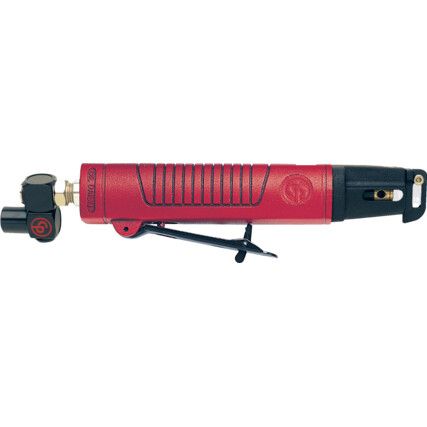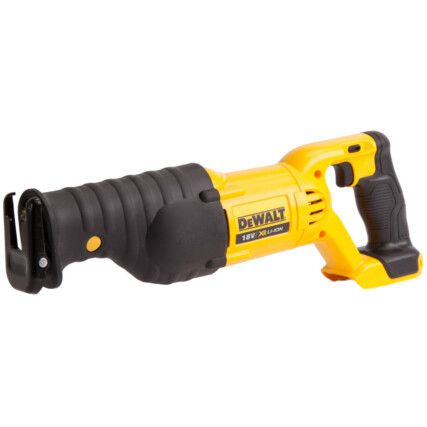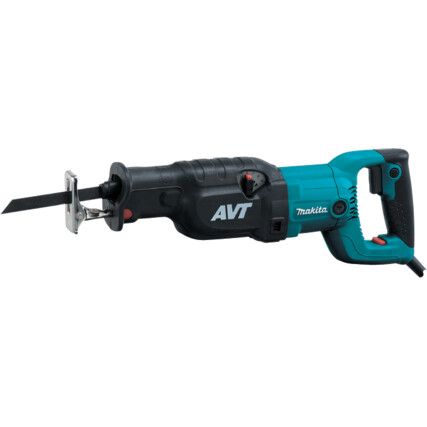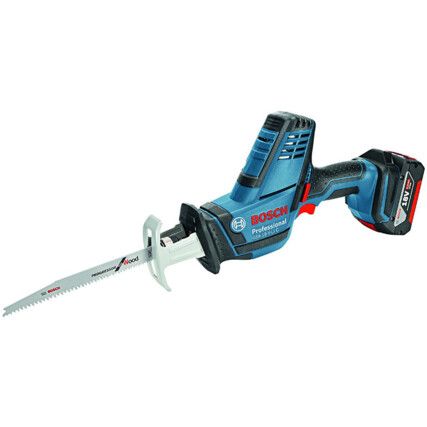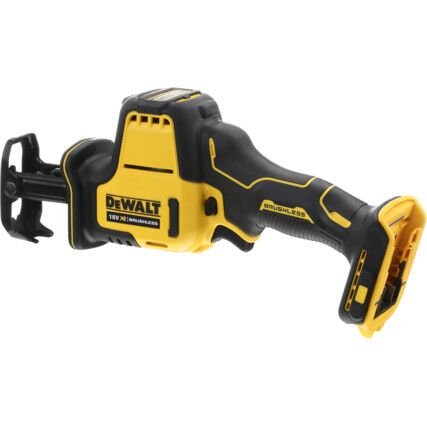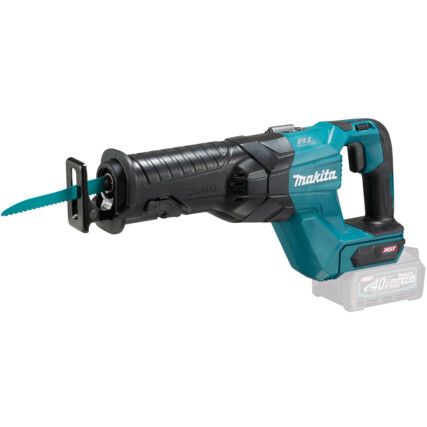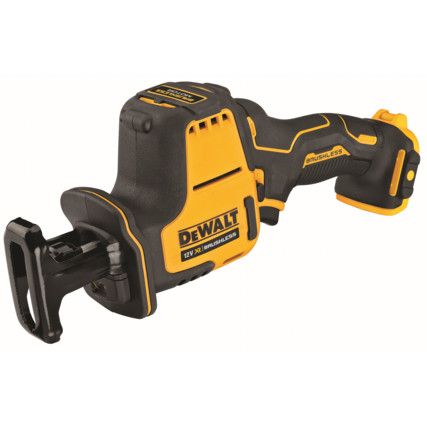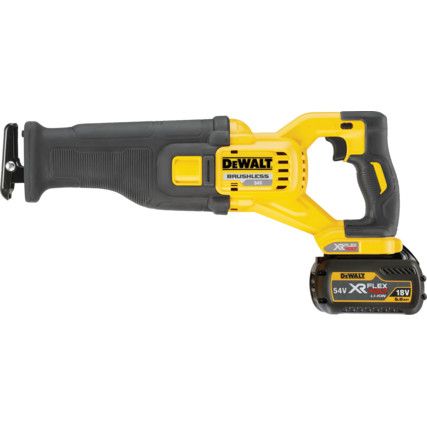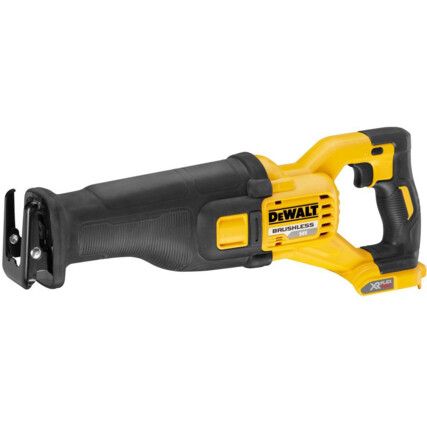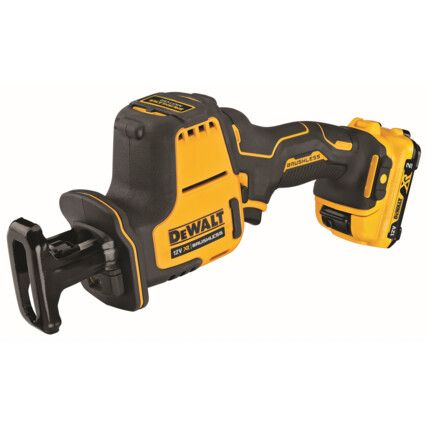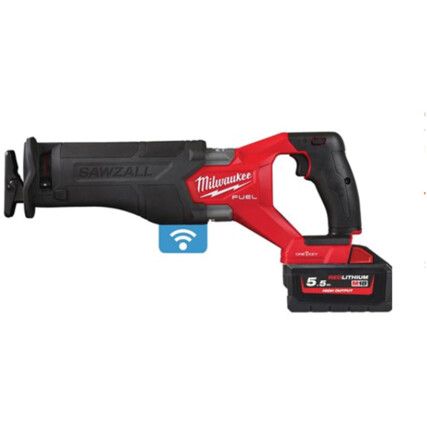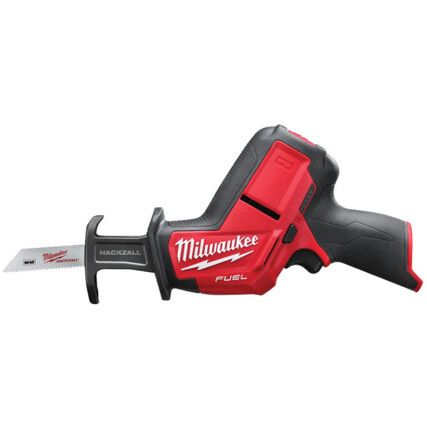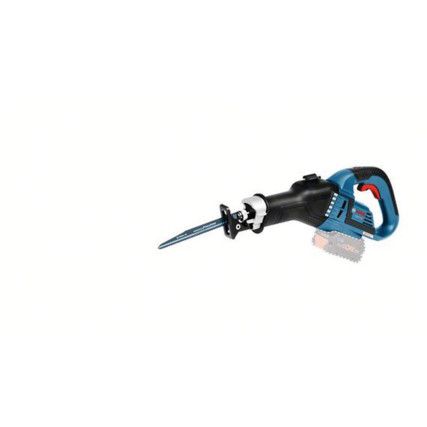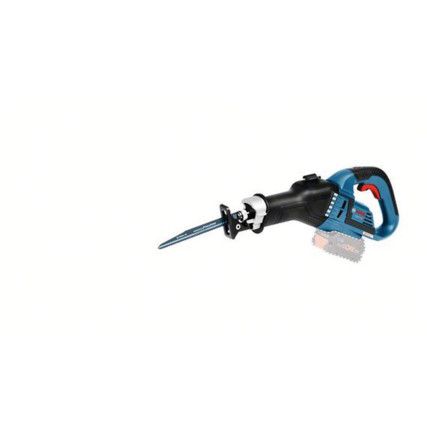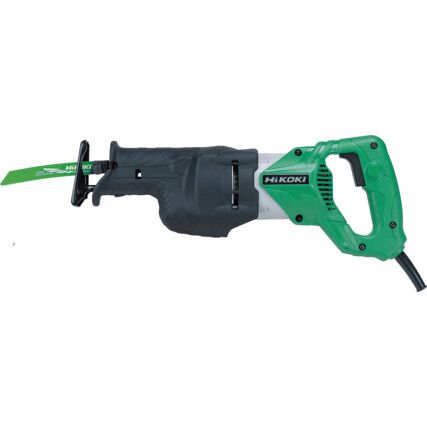Reciprocating Saws
With big names like Hikoki, Dewalt Bosch and more, the range of reciprocating saws from the Cromwell range of power tools provides you with a large variety op tooling solutions for your chosen application.
What are reciprocating saws?
Reciprocating saws, often referred to as recip saws and occasionally sabre saws are power tools with a cutting face that moves in a backward and forward motion. They are designed primarily for demolition jobs such as cutting out holes for windows and doors, cutting through joists and can be fitted with blades specialised for use with metal, wood and plasterboard.
Why reciprocating saws?
Cutting out holes and replacing fittings for windows and doors can take a great deal of time and effort. A reciprocating saw can massively reduce the time and labour involved. Unlike other demolition tools like sledgehammers and crowbars, they can give a great amount of precision and give a cleaner finish.
How do reciprocating saws work?
Reciprocating saws operate much like a jigsaw moving in a backwards and forwards motion rapidly to achieve the cut. There are many different types of reciprocating saws each with their own different applications, yet they all use the same cutting motion, either electrically powered or powered by an air compressor.
Types of reciprocating saws
• Corded - These types of reciprocating saws plug into an electrical mains socket powering the motor driving the blade.
•Cordless - These types of saws relay on a battery pack for power, they function in much the same way as a corded saw but with the freedom of movement that an electrical cord otherwise restricts.
•Pneumatic - These saws function on an air compressor and as a result don't require the use of a motor. They are however, bulkier which makes portability more awkward.
•Compact/Mini - As the name suggests these are smaller versions of cordless saws that are ideal as single-handed tools making them great for use in tight spaces.
Considerations when choosing a reciprocating saw
•Space requirements - The available space in the work environment can be a big determining factor in the choice of saw to use. In tight spaces a compact saw would be ideal as it is much less bulky and can be operated with a singe hand. In more open spaces and for heavier jobs a full size electrical or pneumatic saw would fare better.
•Corded or cordless? - Much like space requirements, this will depend on where you plan to use the saw regularly. If in a single room a cord would be substantial, however for jobs that require movement around size frequently cordless would be the better option. Cordless saws also don't run the risk of you accidentally slicing through the cable.
•Blade types - The choice of blade depends entirely on the material you will be cutting. Saws can be fitted with blades suitable for cutting metal, wood, and plasterboard.
FAQ
What are the advantages of a reciprocating saw?
There are several key advantages to owning a reciprocating saw. Portability, their hand-held design allows them to be used virtually anywhere there is a power supply. They have the option for variable speeds and orbital action. They are highly versatile and can be used in multiple cutting applications, they also feature an improved stroke depth for easier cutting.
What safety precautions should I take when using a reciprocating saw?
As with all cutting tools, PPE including gloves and eyewear is highly recommended to reduce the risk of serious injury. When operating at height a cordless saw is advised especially when working on a ladder. Those working at height should also be mindful of kickback which can occur when pulling the blade out of your cut while the blade's still moving, this can launch the saw backwards towards you at force so if working on a ladder this can cause you to be knocked backwards.
